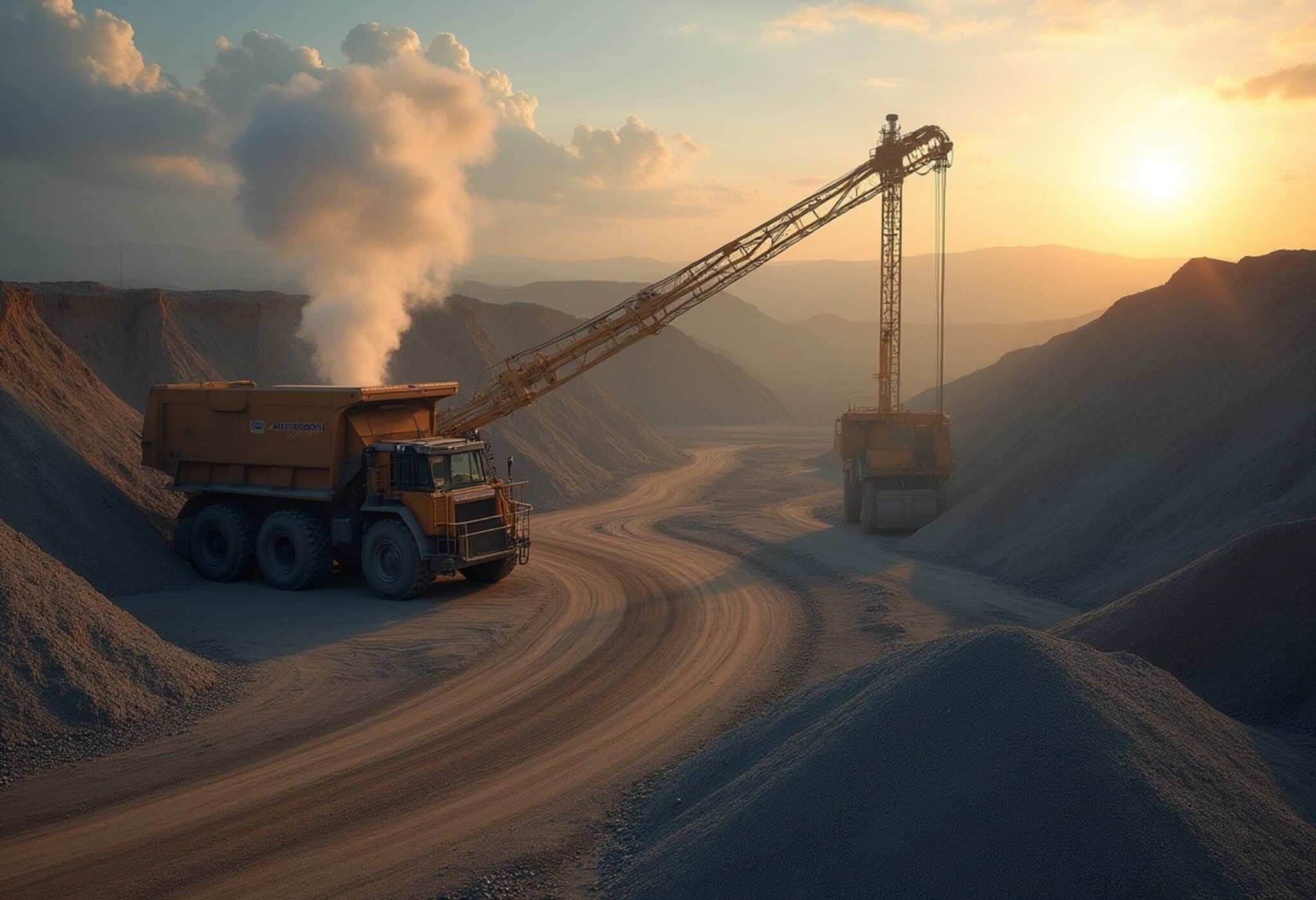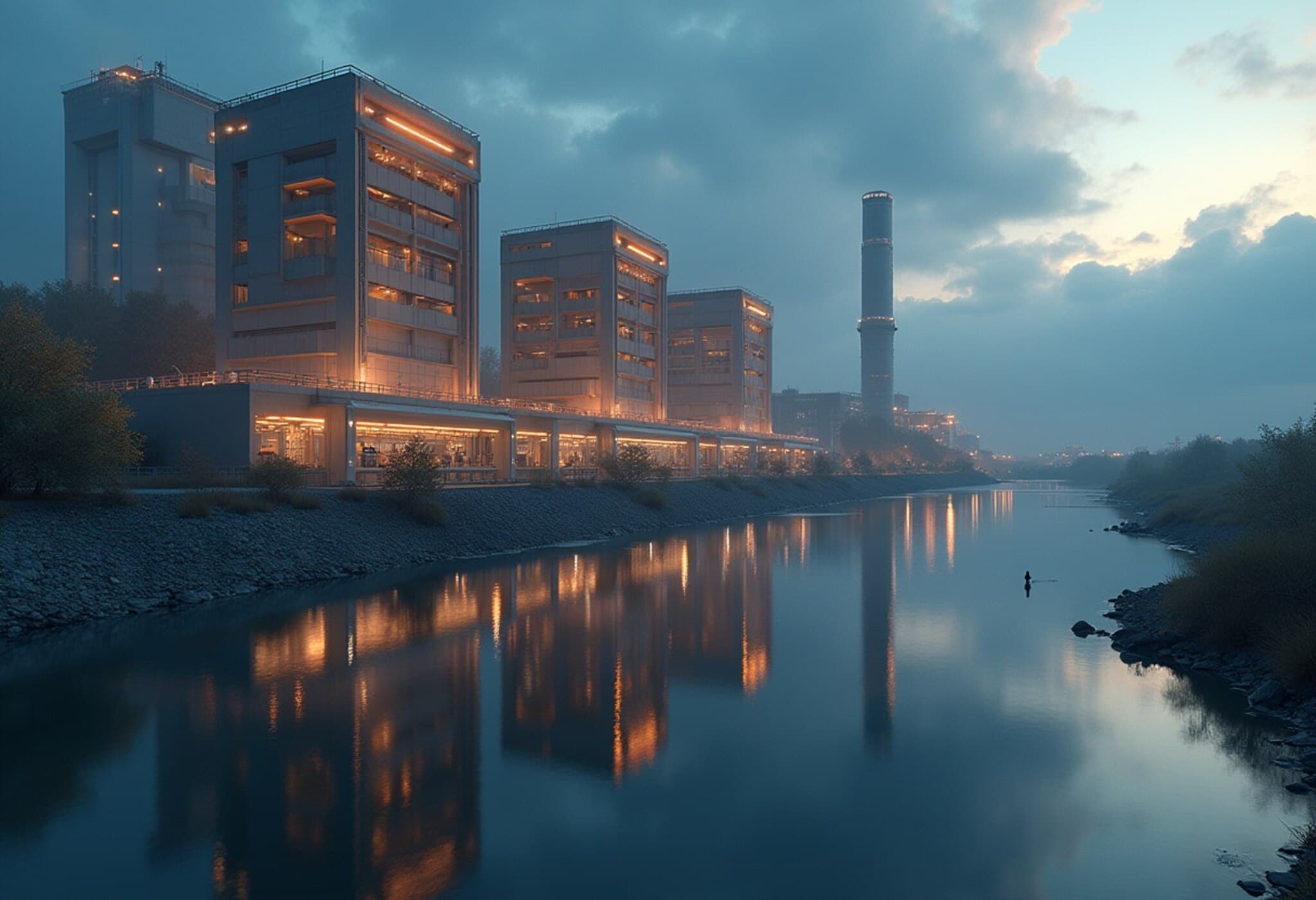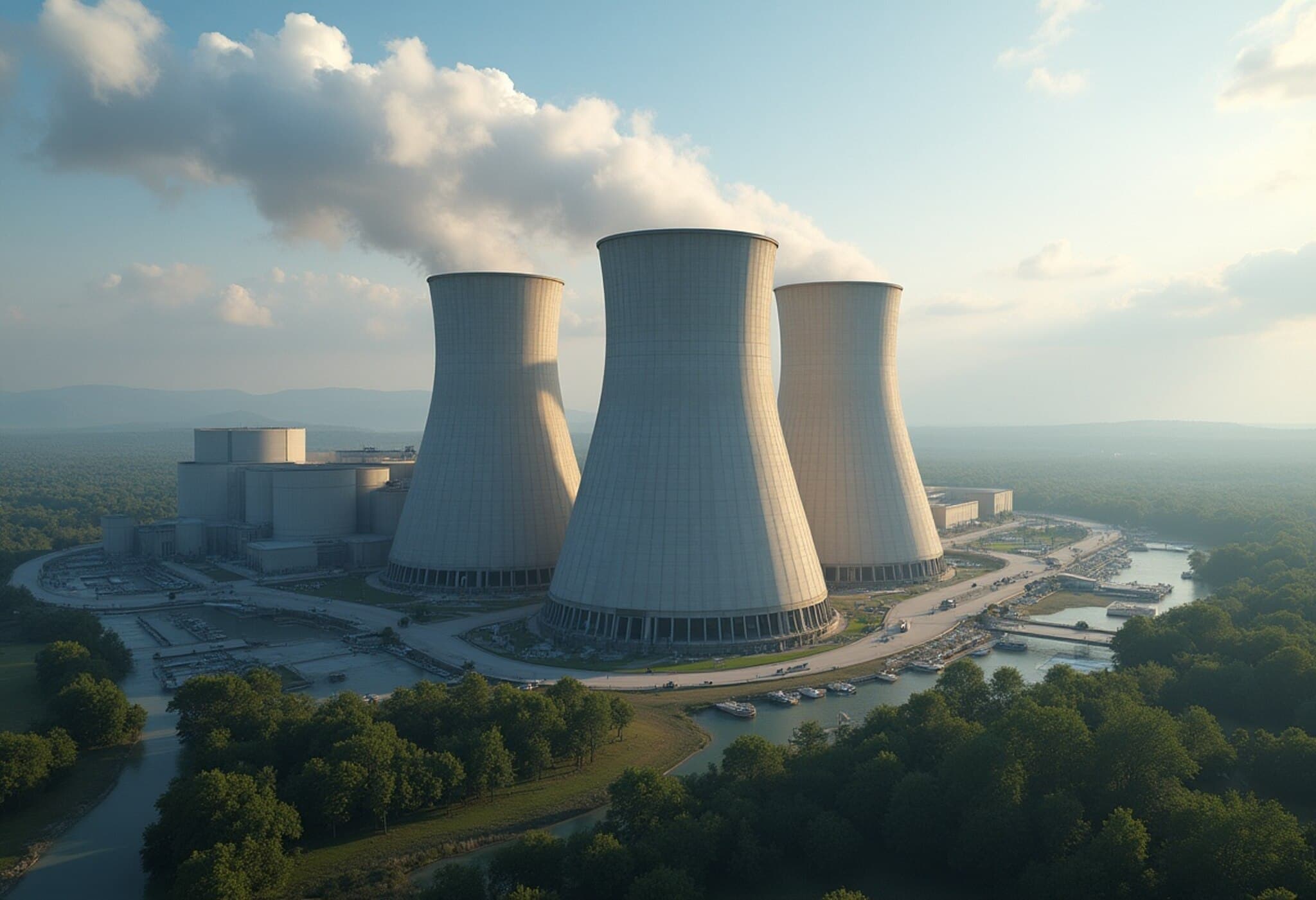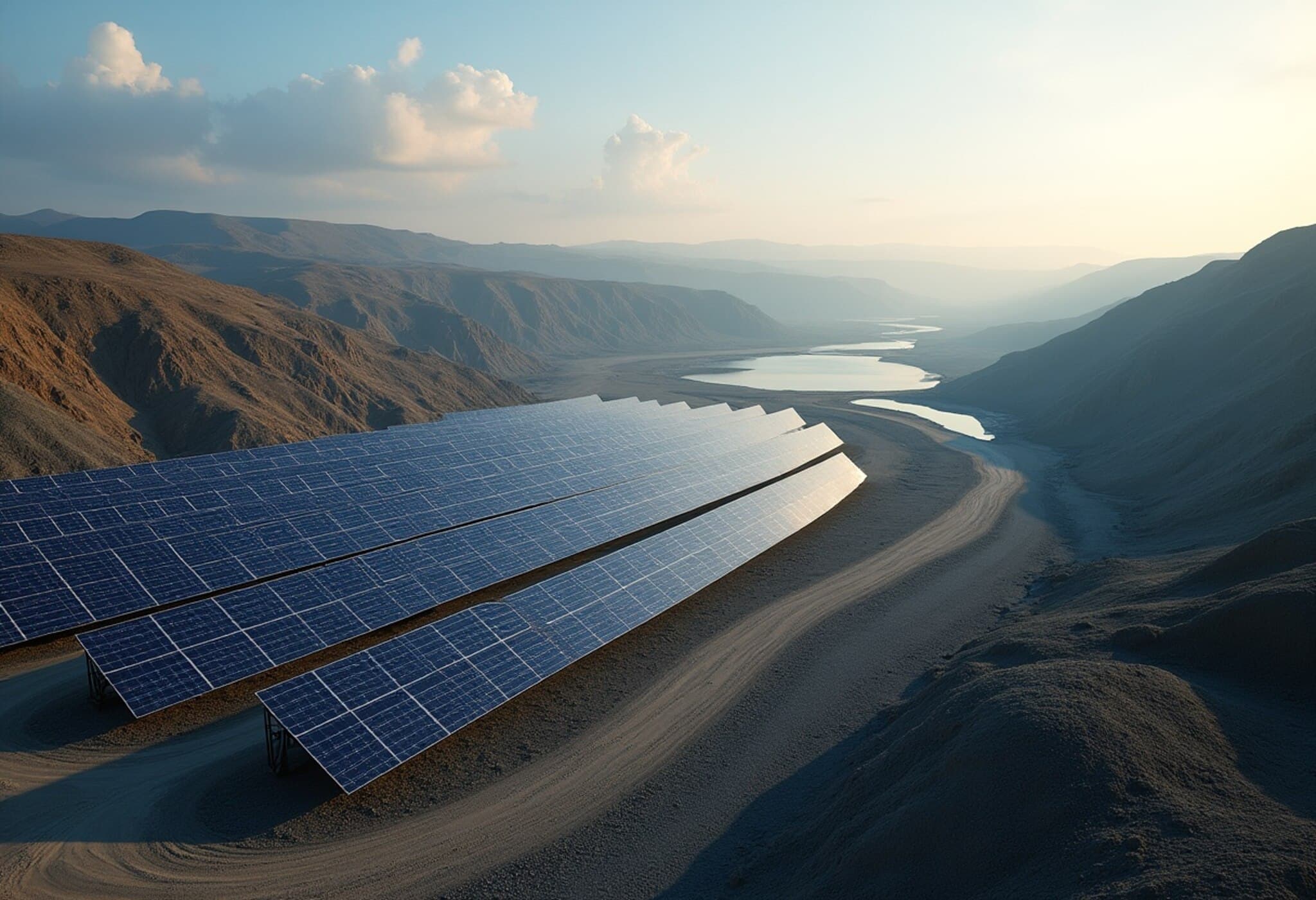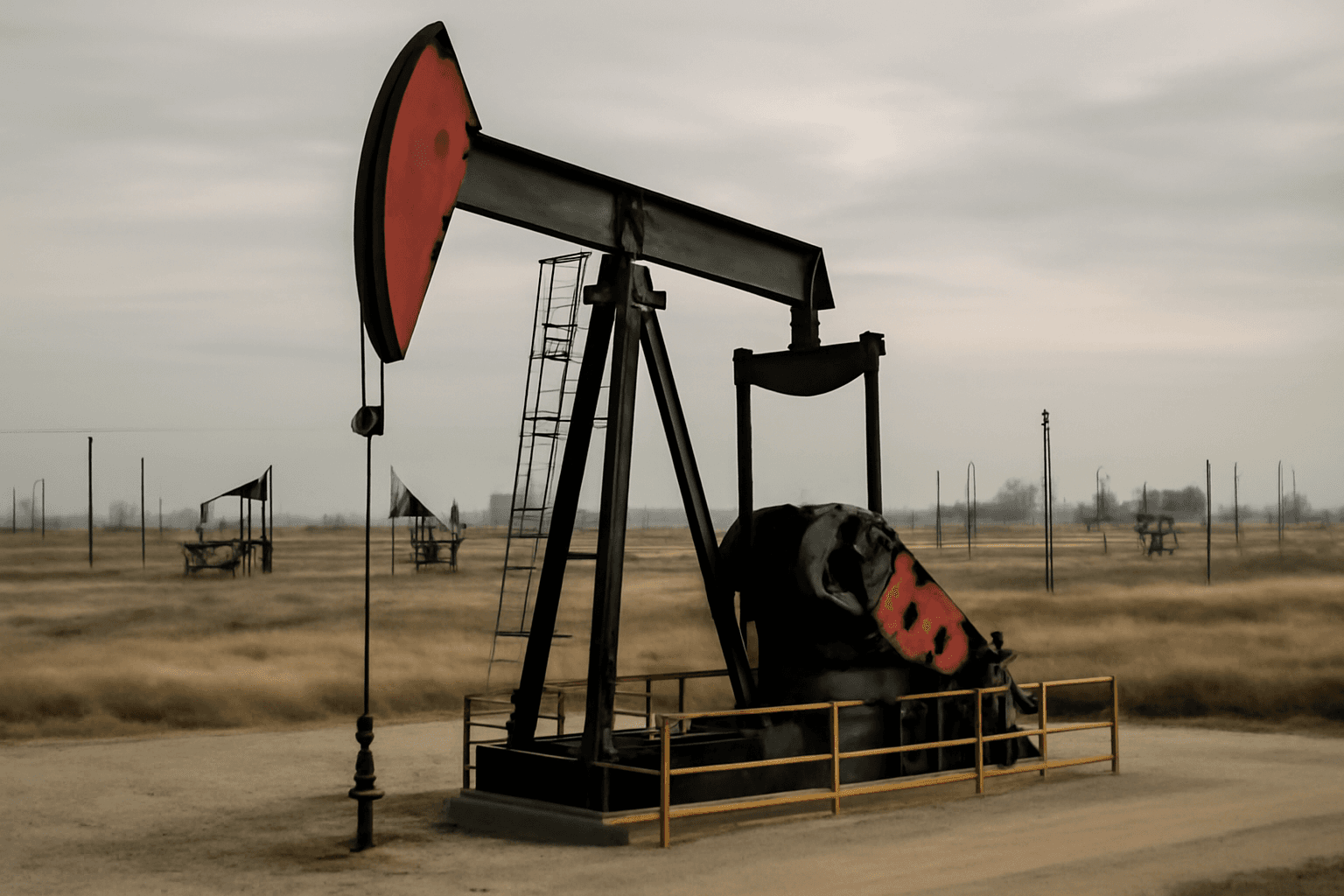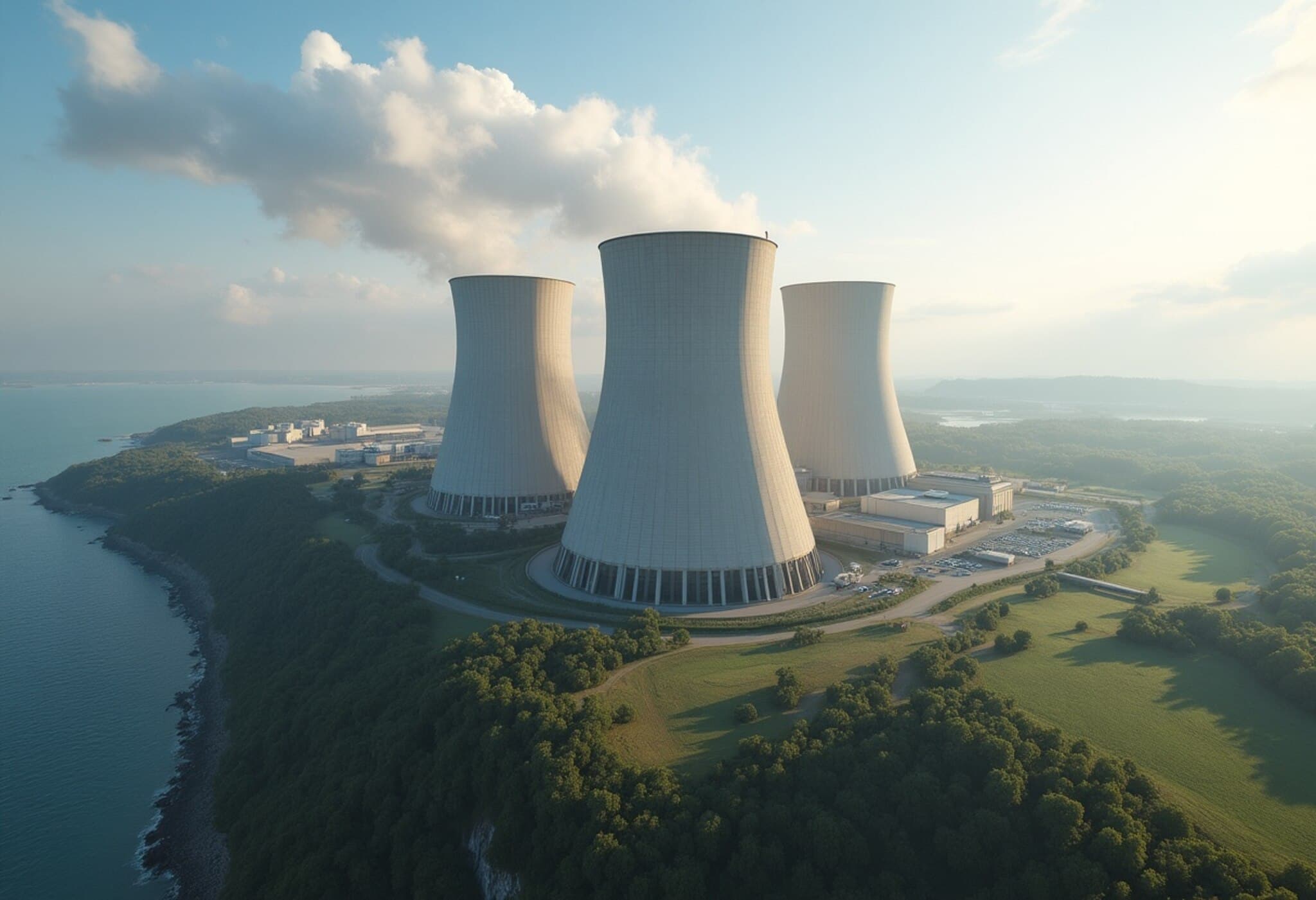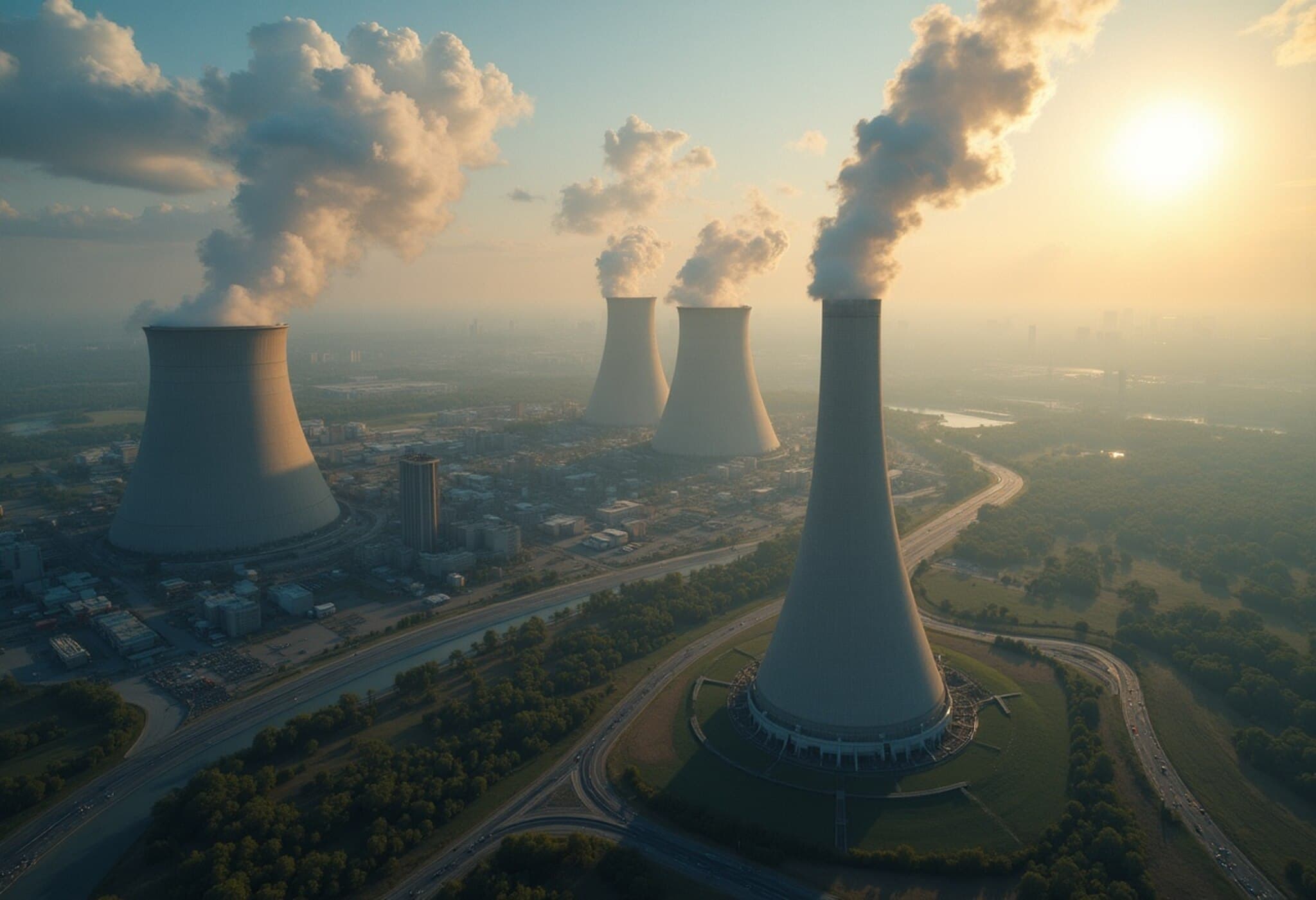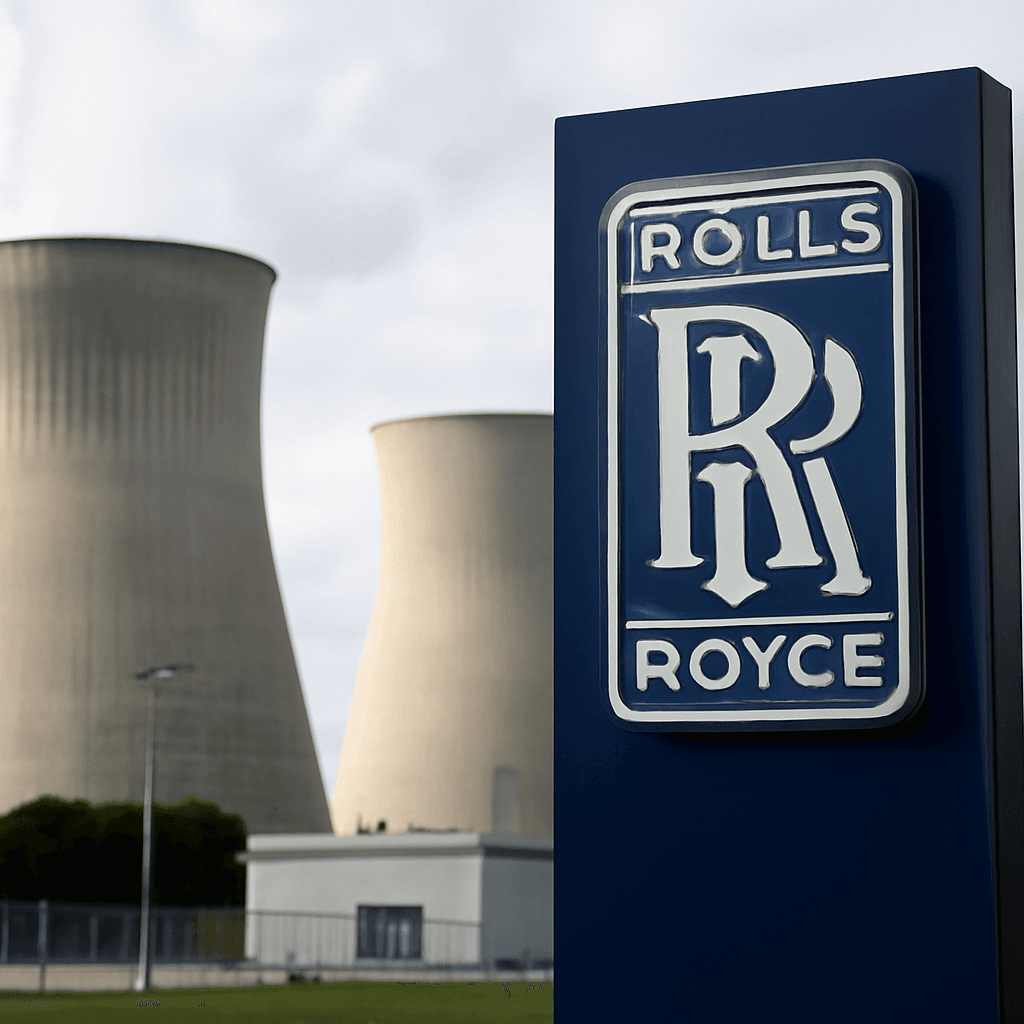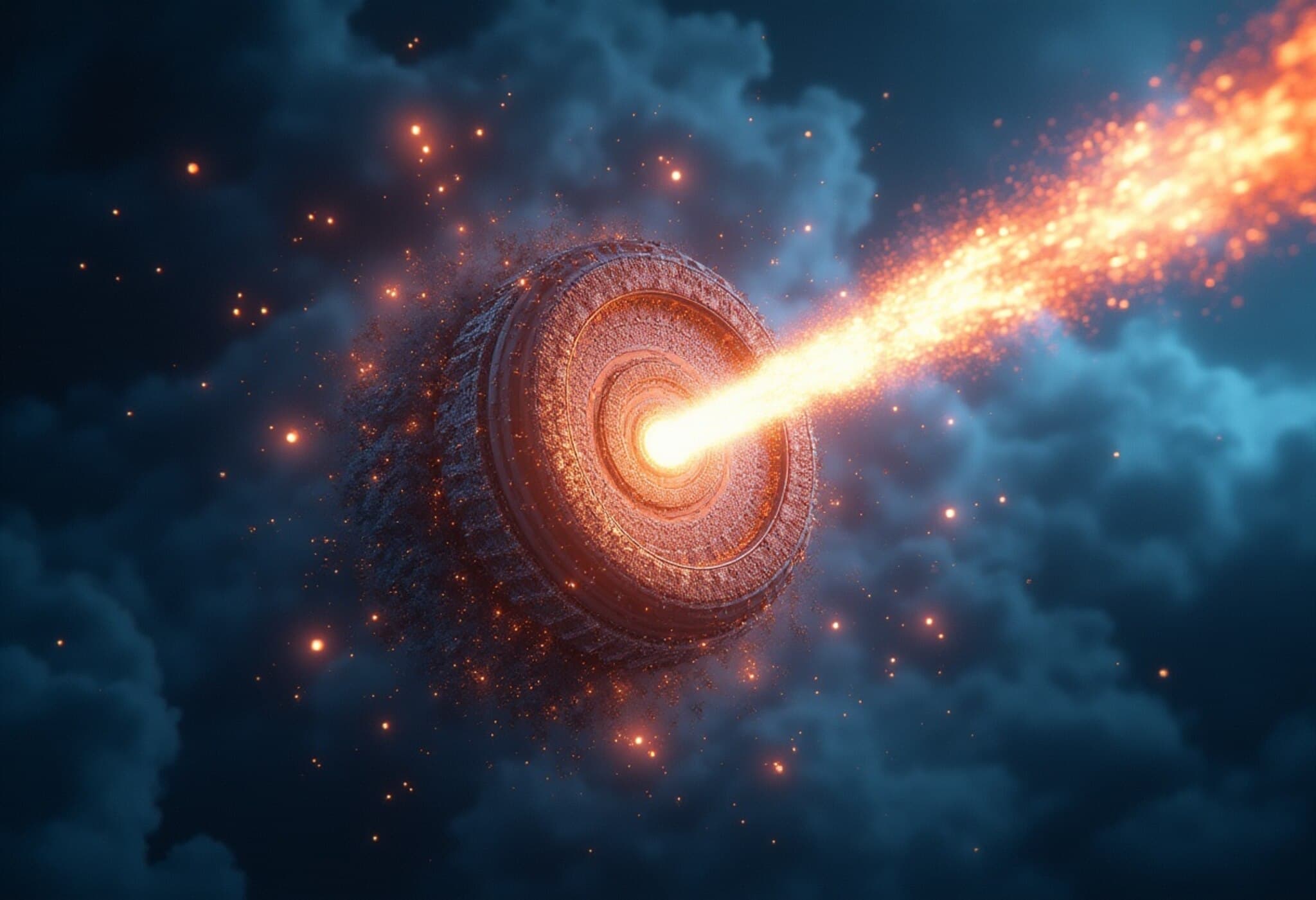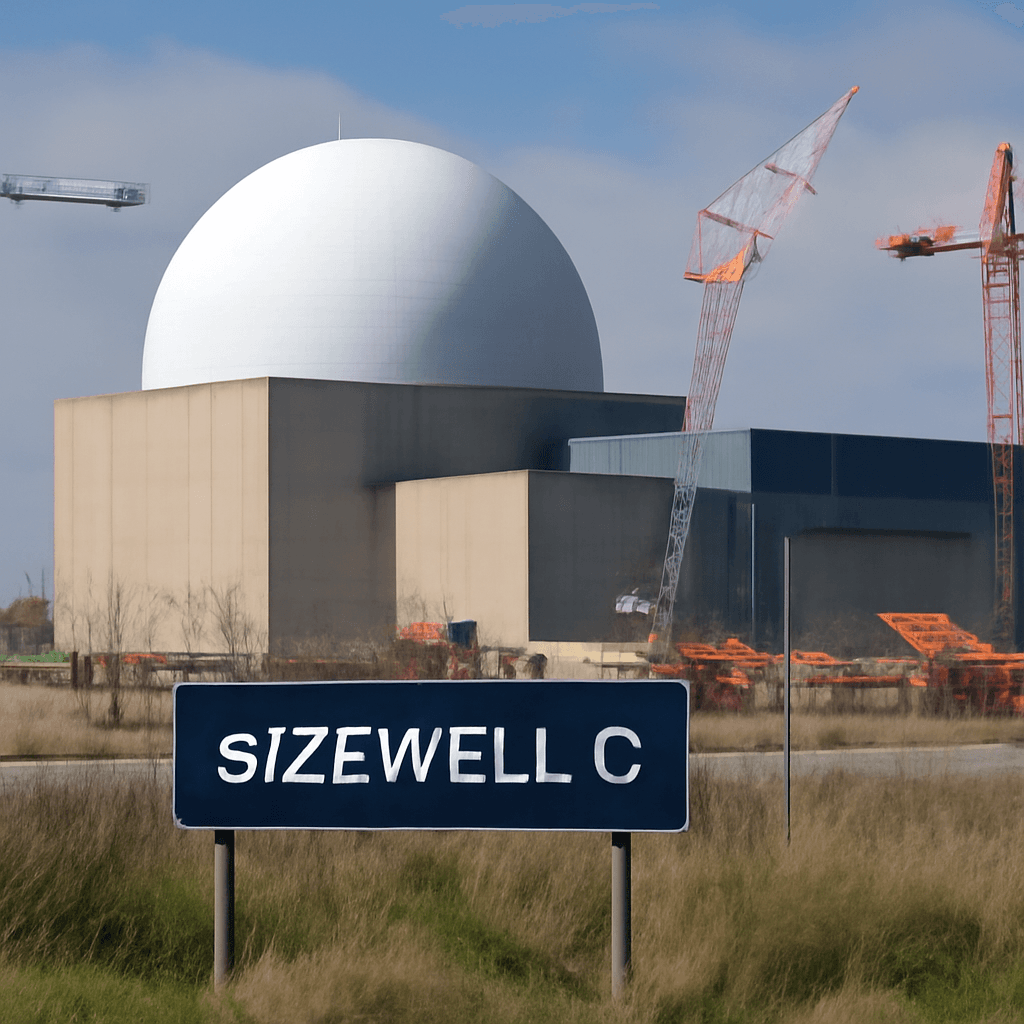Uranium Mining: A Comeback Story in the U.S.
Once a global heavyweight from the 1960s through the mid-1980s, the United States dominated uranium mining. Fast forward to recent decades, and domestic production plummeted dramatically. This shift largely traces back to changing government priorities and market dynamics.
The Decline and Its Causes
During its heyday, uranium mining thrived thanks to strong government subsidies and strategic backing. However, in the 1990s, this support waned as uranium was deprioritized nationally. Public sentiment took a hit especially after major nuclear incidents, notably the 2011 Fukushima disaster in Japan, which dented confidence in nuclear energy and triggered uranium price collapses. Consequently, many U.S. uranium mines shut down.
High Stakes: America's Nuclear Power Reliance
Despite the downturn in domestic uranium mining, the U.S. remains the world’s largest producer of nuclear power, operating 94 nuclear reactors. Ironically, it imports over 95% of the uranium required to fuel these plants. Experts point out a crucial policy mismatch: while nuclear energy is prioritized, the uranium supply chain hasn’t received equal emphasis.
Electricity Demand and the Energy Transition
Demand for electricity is soaring, propelled by advancements in AI technologies by major tech players and a nationwide push for cleaner energy sources. Nuclear power stands out as a vital component of this transition, amplifying the urgency to secure stable uranium supplies.
Global uranium supply shortages loom large
Recently, international energy agencies warned that current known uranium reserves are insufficient to meet projected demand beyond 2080. Industry leaders stress a growing gap between uranium demand and new production, noting that developing mines from discovery to operation takes years—time the energy sector doesn’t have to spare.
Bipartisan Support & Government Initiatives
Uranium mining’s revival enjoys rare bipartisan momentum in Washington. In 2024, the government took decisive steps by banning Russian uranium imports and allocating $2.7 billion to ramp up domestic uranium enrichment and processing capabilities. Additionally, recent legislative efforts aim to expand nuclear energy capacity fourfold by 2050, underscoring nuclear's rising profile in America’s energy strategy.
Challenges Ahead: Domestic Limits and Global Dependence
Even with these measures, experts caution that U.S. uranium production alone won’t fill the supply void. With less than 1% of the world’s uranium reserves, the country will continue to rely on international sources. Domestic projects, while expanding, cannot fully meet national consumption demands.
The Road Forward: Industry Efforts to Boost Production
Leading uranium companies are actively working to revive mining operations and scale production. However, they face myriad challenges, from lengthy permitting processes to market uncertainties. Despite these hurdles, the drive to reinforce America’s uranium supply chain is clearly underway.
Final Thoughts
The resurgence of uranium mining in the U.S. reflects broader energy trends embracing nuclear power as a clean, reliable source. While domestic production struggles to catch up with demand, government support and industry momentum signal a determined effort to rebuild a critical part of the country’s energy infrastructure.

